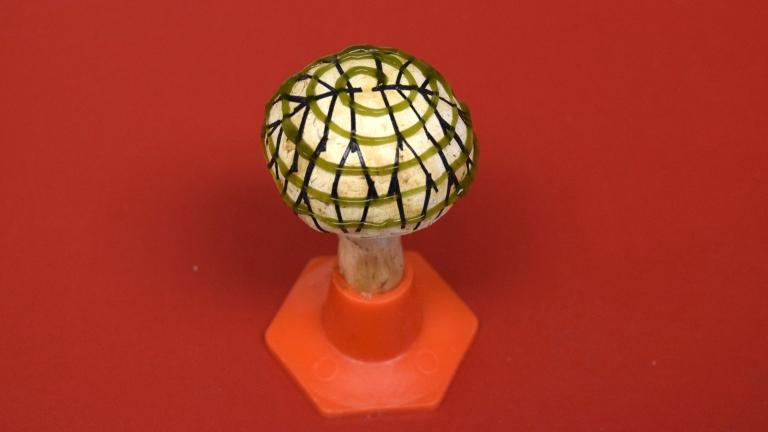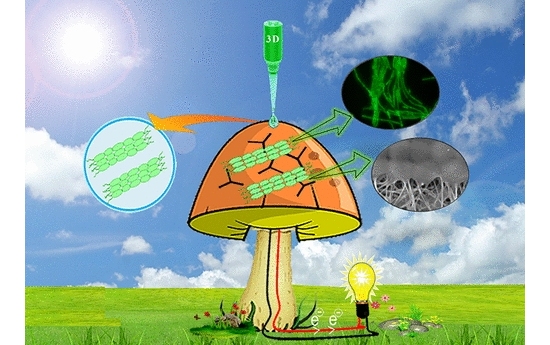TECH

Bionic mushroom generates electricity
Cyanobacteria producing energy
A common edible mushroom, from those that can be bought at a grocery store, has been transformed into a bionic mushroom after receiving an infusion of cyanobacteria, which generate electricity, and graphene nanofitas, to collect the current.The ability of cyanobacteria to produce electricity is well known and leveraged by bioengineering. However, the use of these microbes has been limited because cyanobacteria do not survive for long on artificial surfaces, even biocompatible ones.Sudeep Joshi of the Stevens Institute of Technology in the US wondered whether mushroom mushrooms, which naturally harbor a rich microbiota - but not specifically cyanobacteria - would not be a suitable environment for these bacteria, providing them with nutrients, moisture, pH, and temperatures so they could produce electricity for a longer period than the synthetic devices tested so far.Tests have confirmed that the idea is good, with cyanobacterial cells lasting several days longer when placed on the mushroom compared to silicone surfaces and even with dead mushrooms."Mushrooms serve primarily as a suitable environmental substrate with advanced functionality to nourish energy-producing cyanobacteria. We have shown for the first time that a hybrid system can incorporate artificial collaboration, or synthetic symbiosis, between two different microbiological realms," said Joshi.

Bionic mushroom
To grow his bionic mushroom, Joshi first used a 3D printer to apply an electronic ink containing graphene nanofits to the champignon's hat, creating a branched pattern of electrically conductive wiring.Next, a biotin containing cyanobacteria was applied following a spiral pattern to cross the previously applied wiring at various points. At these sites, electrons can escape from the outer membranes of the bacteria to the conducting network of graphene nanowires.For the first tests, the photosynthesis of the cyanobacteria was activated by an artificial moon, generating a current of 65 nanoAmperes. Although this current is insufficient to feed electronic equipment, the researchers say that a series of bionic mushrooms could generate enough current to power an LED or power a sensor.The team is already working to try to generate higher currents, but is also eyeing other bacterial species to perform useful functions such as bioluminescence."By integrating these microbes with nanomaterials, we can construct many other projected bio-hybrids," he said, adding that " for the environment, defense, health and many other fields, "said Professor Manu Mannoor.
Bibliography:
Bacterial Nanobionics via 3D Printing
Sudeep Joshi, Ellexis Cook, Manu S. Mannoor
Nano Letters

No comments:
Post a Comment